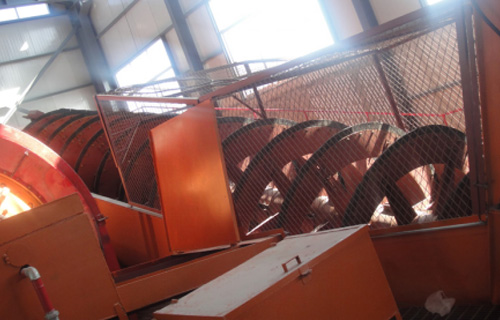
 Chat With Us
Chat With Us
 Leave Message
Leave Message
Tungsten ore processing technology is especially suitable for wolframite ore with uneven particle size.
Whether it is the gravity concentrate of vein tungsten ore or vein tin ore or the gravity concentrate of placer tin ore, besides wolframite and cassiterite, it also contains many other minerals. For vein crude concentrate, there are magnetite, hematite and various sulfides, while placer crude concentrate also contains a variety of rare metal minerals, such as zircon, rutile, monazite and yttrium-niobium lignite. Therefore, the complex combined process including magnetic separation is generally adopted in the concentrating of crude concentrate. In general tungsten-tin concentrator, the raw material properties vary greatly. According to the content of tin and sulphur, it can be divided into high-tin tungsten concentrate and high-sulphur tungsten concentrate. According to the grade of tungsten, it can be divided into high-grade tungsten concentrate and low-grade tungsten concentrate. For high-grade tungsten concentrate and high-tin crude tungsten concentrate, magnetic separation followed by gravity separation is adopted, while for low-grade crude tungsten concentrate and high-sulfur crude tungsten concentrate, magnetic separation followed by gravity flotation is adopted. The crude tungsten concentrate generally contains some magnetite, so the magnetite must be separated by the weak magnetic field separator before feeding the material to the high magnetic separator to ensure the normal operation of the magnetic separator. The impurities in crude tungsten concentrate are mainly scheelite, cassiterite and other sulfides, which need to be sent to the next operation for comprehensive recovery of useful components. Most qualified wolframite concentrates are obtained by high intensity magnetic separation.